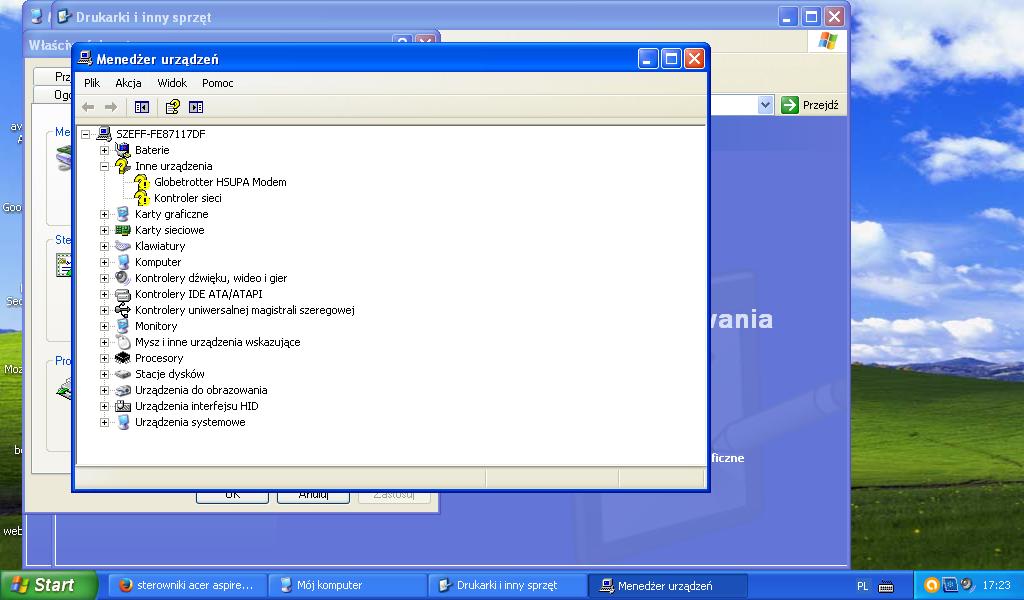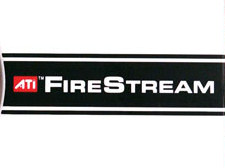
Data streams can be enumerated using the FindFirstStreamW and FindNextStreamW functions.Ĭontains support information about the Extended Attributes. This stream type is present on every directory.ĭata stream. The b-tree is managed in 4 KB chunks (regardless of cluster size) and this is used to manage the allocation of these chunks.

FIRESTREAM FOR WINDOWS FREE
Stream TypeĬontains a list of all attributes that make up the file and identifies where each attribute is located.Ī bitmap used by indexes to manage the b-tree free space for a directory. Some of the stream types are internal to NTFS and their format is undocumented. Stream Typesįollowing is the list of NTFS stream types, also called attribute type codes.
FIRESTREAM FOR WINDOWS WINDOWS
When there is an ambiguity about whether a one-character name is a drive letter or a file name, Windows assumes it is a a drive letter if the string following the colon is a valid path, even if the drive letter is invalid. When a drive letter is specified with a relative path, a colon separates the drive letter from the path. The reason to do this is that Windows treats one-character file names as drive letters. When creating and working with files that have one-character names, prefix the file name with period followed by a backslash (.) or use a fully qualified path name.
FIRESTREAM FOR WINDOWS FULL
If you created a stream named "bar" on the same file its full name would be " sample:bar:$DATA". For example, the full name of a stream named "$DATA" on a file named " sample" would be " sample:$DATA:$DATA". Note that "$DATA" is a legal stream name. You can create a named stream in the file using the file naming conventions. To fully specify the default data stream, use " filename::$DATA", where $DATA is the stream type. See below for a list of stream types.īy default, the default data stream is unnamed. Stream type specifier values always start with the dollar sign ($) symbol. Users therefore can't create new stream types, but they can open existing NTFS file system types. The stream type (also called an attribute type code) is internal to the NTFS file system.

When specified from the Windows shell command line, the full name of a stream is " filename: stream name: stream type", as in the following example: "myfile.dat:stream1:$DATA".Īny characters that are legal for a file name are also legal for the stream name, including spaces. If a file being copied has a data stream and the network redirector is used, the file can only be copied if the client has both the read permission and the read attributes permission. If another process has opened a stream without the FILE_SHARE_DELETE permission, you cannot open the file for delete access. When delete access is requested on a file, the operating system checks for delete access on all open streams in a file. Sharing modes are also maintained per stream. Opportunistic locks are maintained per stream. The file times for a file are updated when any stream in a file is updated. There are no file times associated with a stream. GetFileAttributes, GetFileAttributesEx, GetFileAttributesTransacted, GetFileInformationByHandle, and GetFileInformationByHandleEx return the sparse state of the default data stream if no stream is specified. The FILE_ATTRIBUTE_SPARSE_FILE attribute on the file is set in the dwFileAttributes member of the WIN32_FIND_DATA structure returned from the FindFirstFile, FindFirstFileEx, and FindNextFile functions if any of the streams have ever been sparse.



 0 kommentar(er)
0 kommentar(er)
